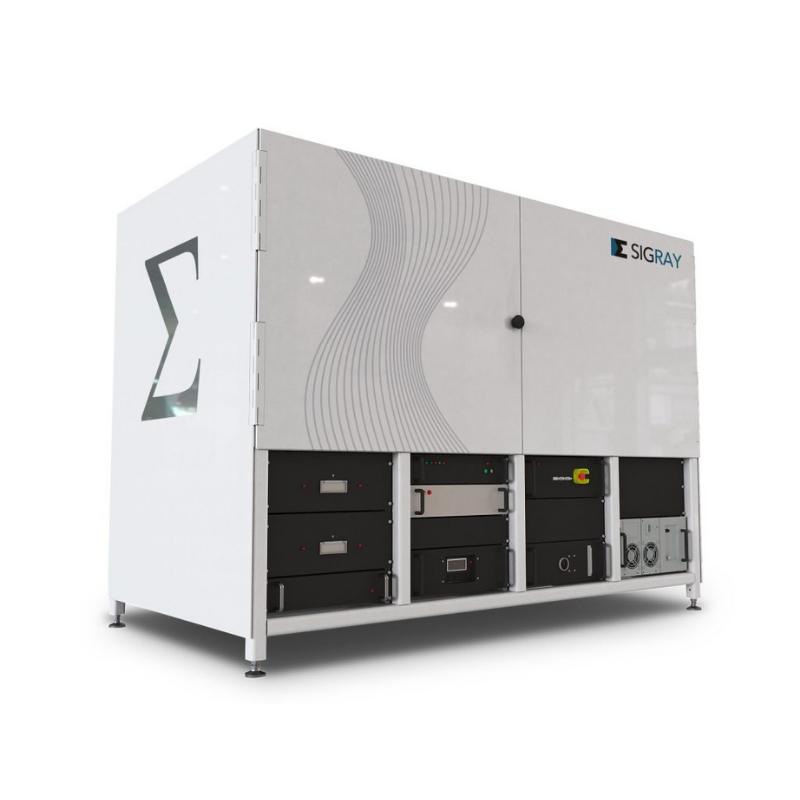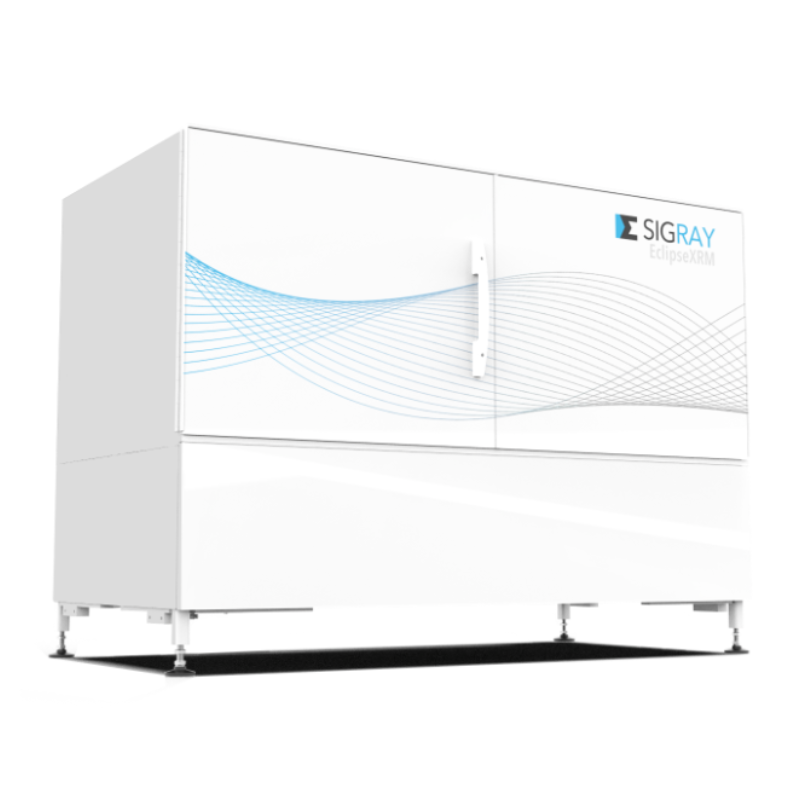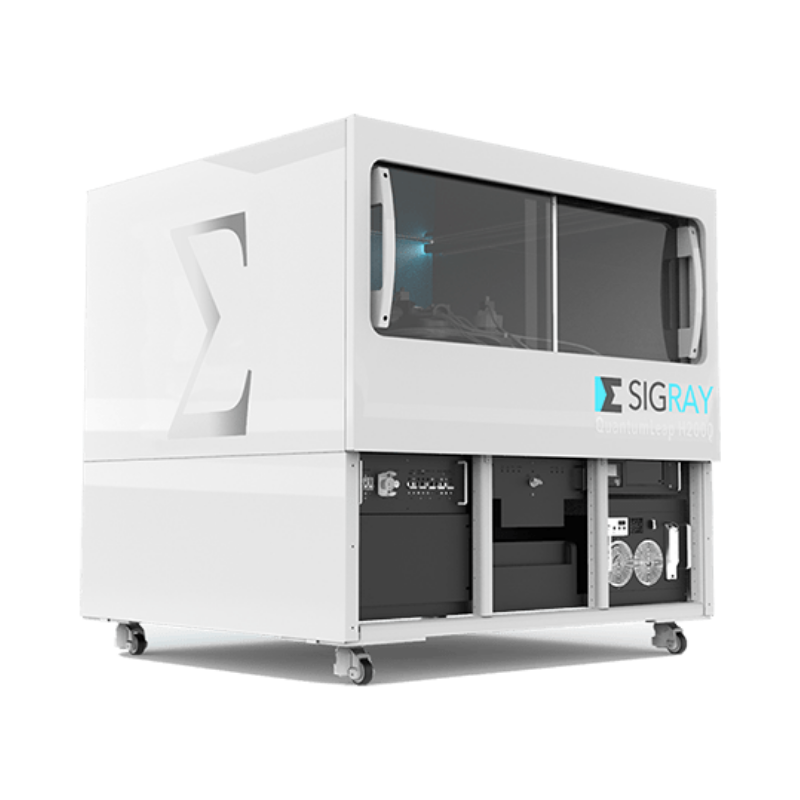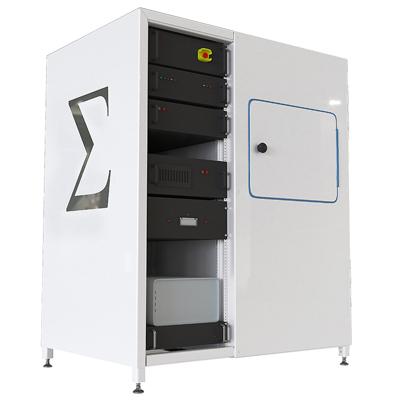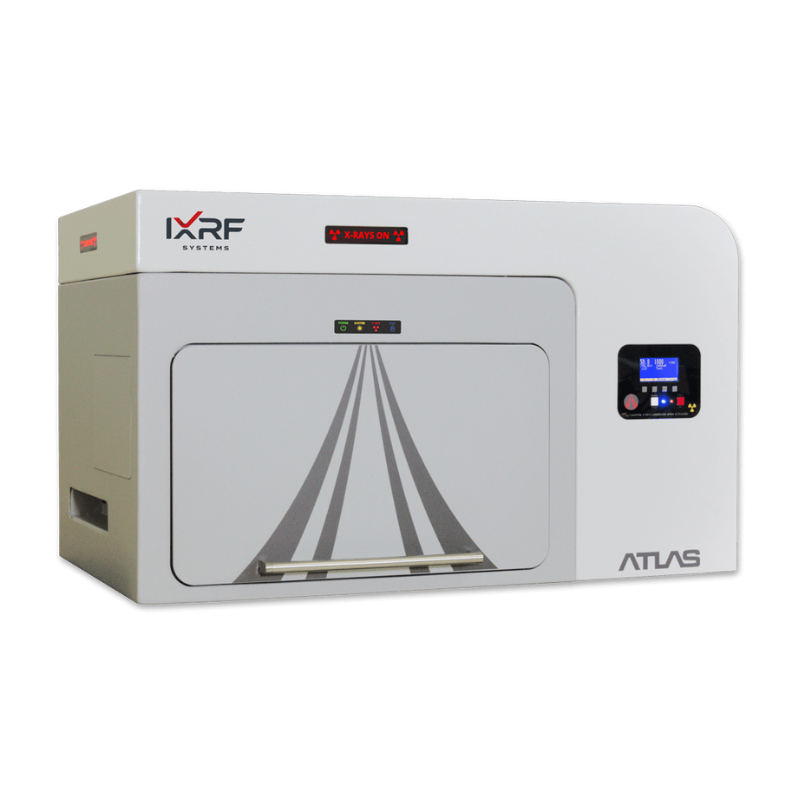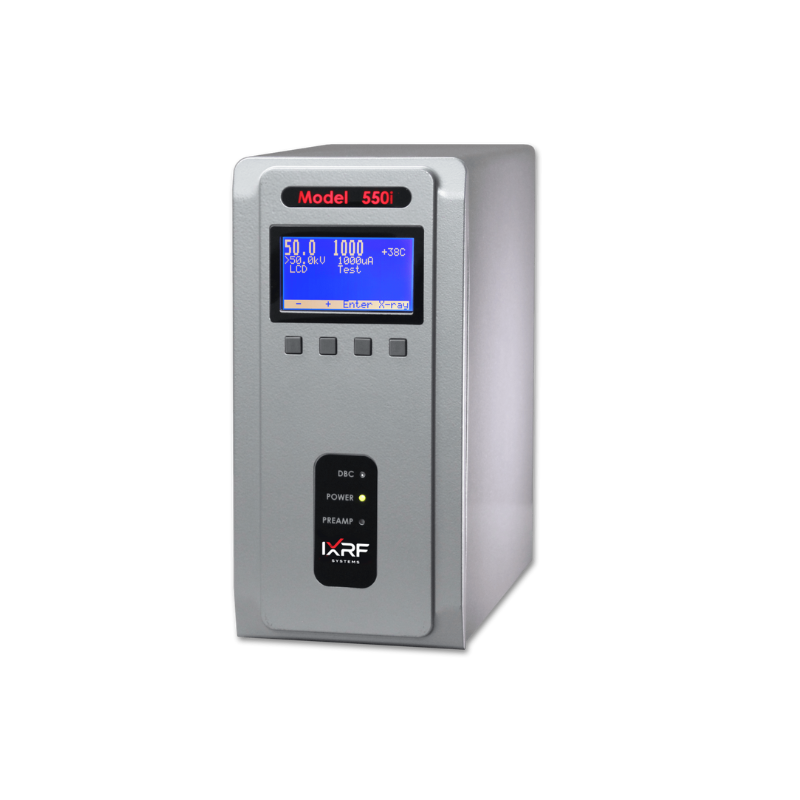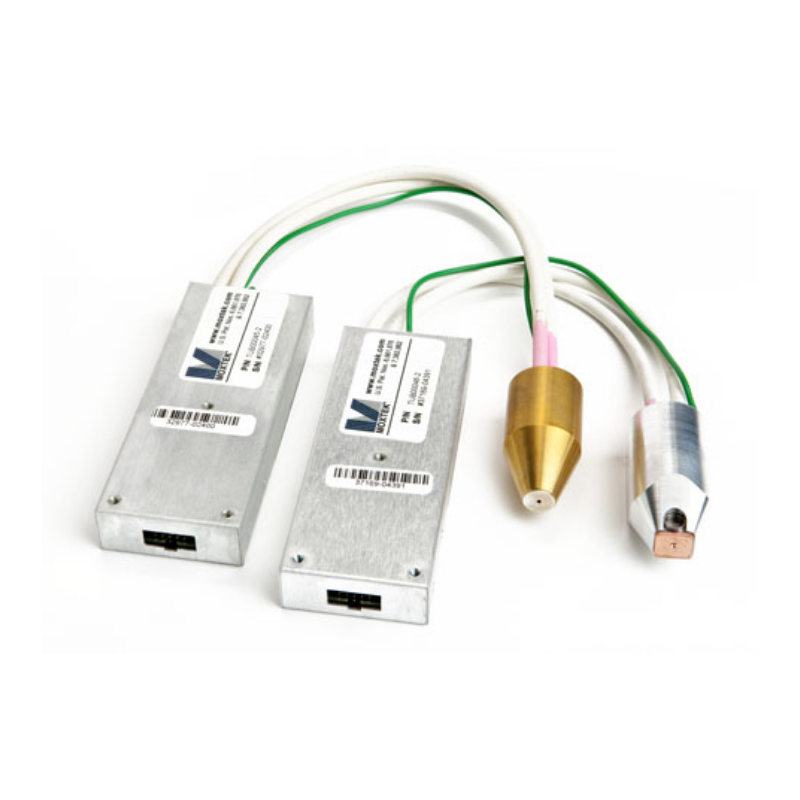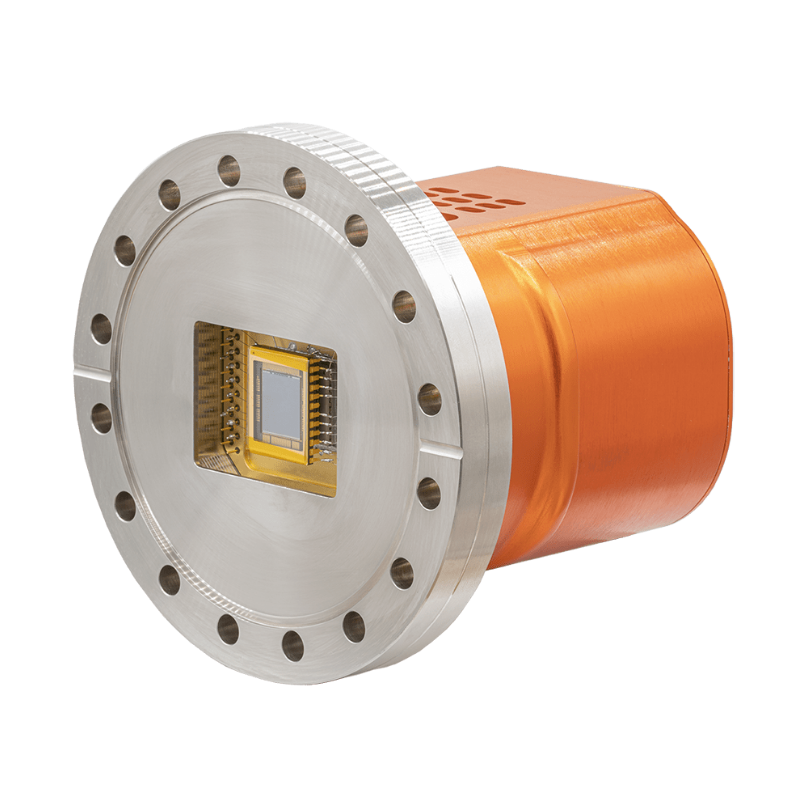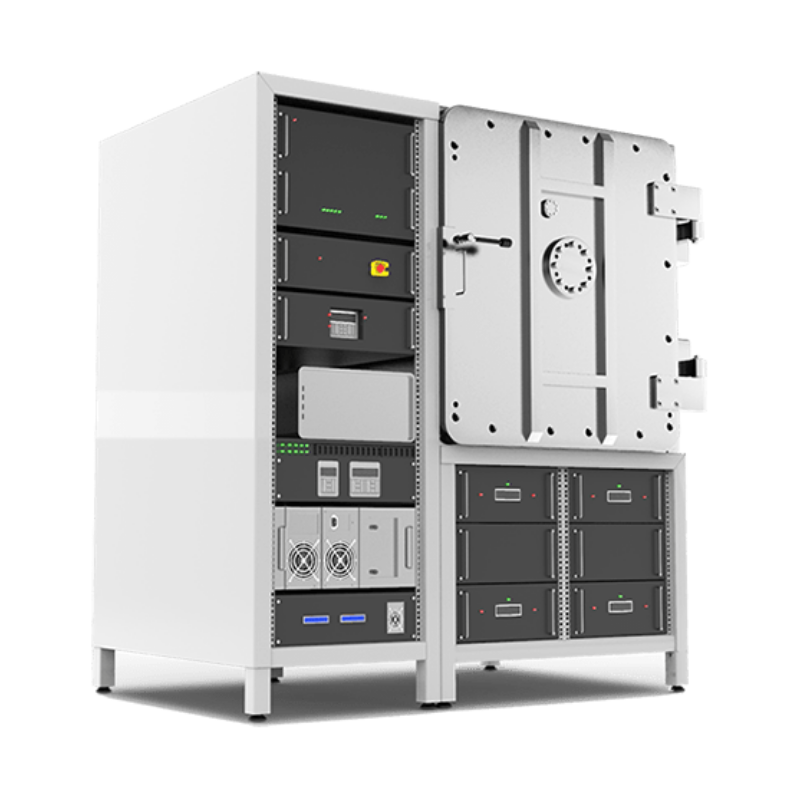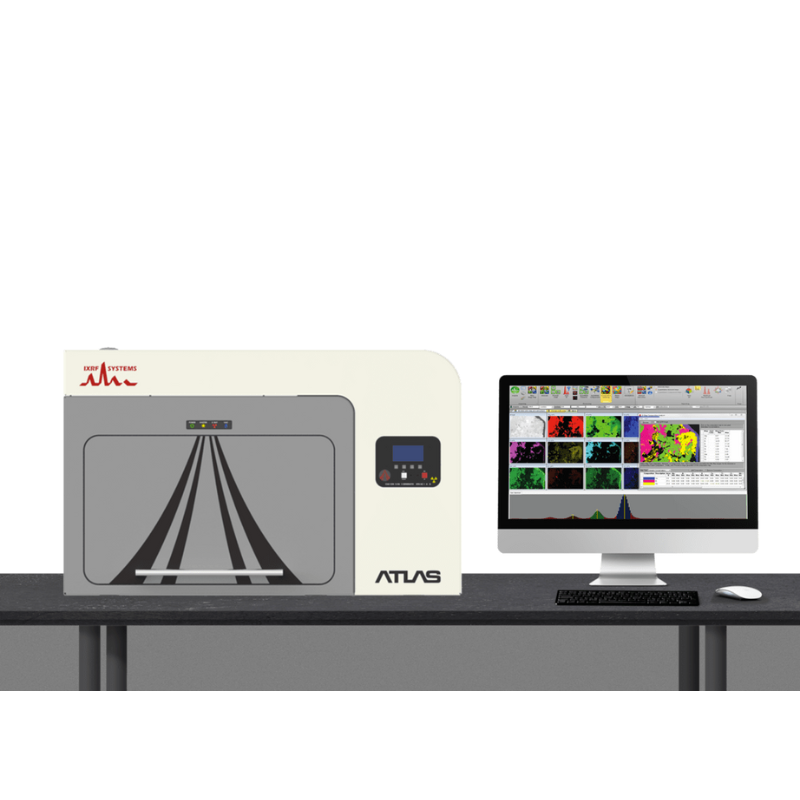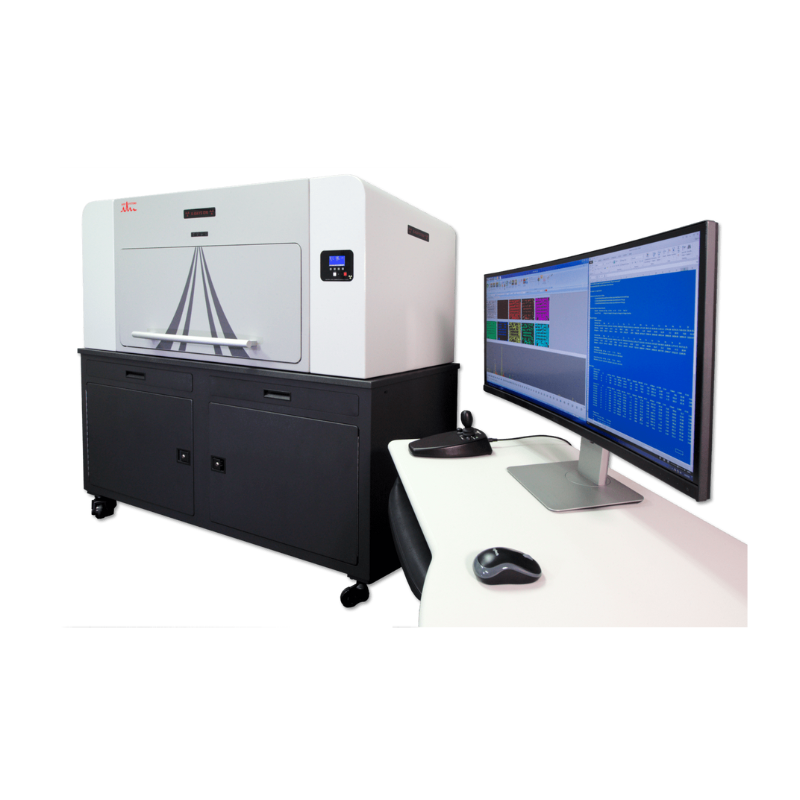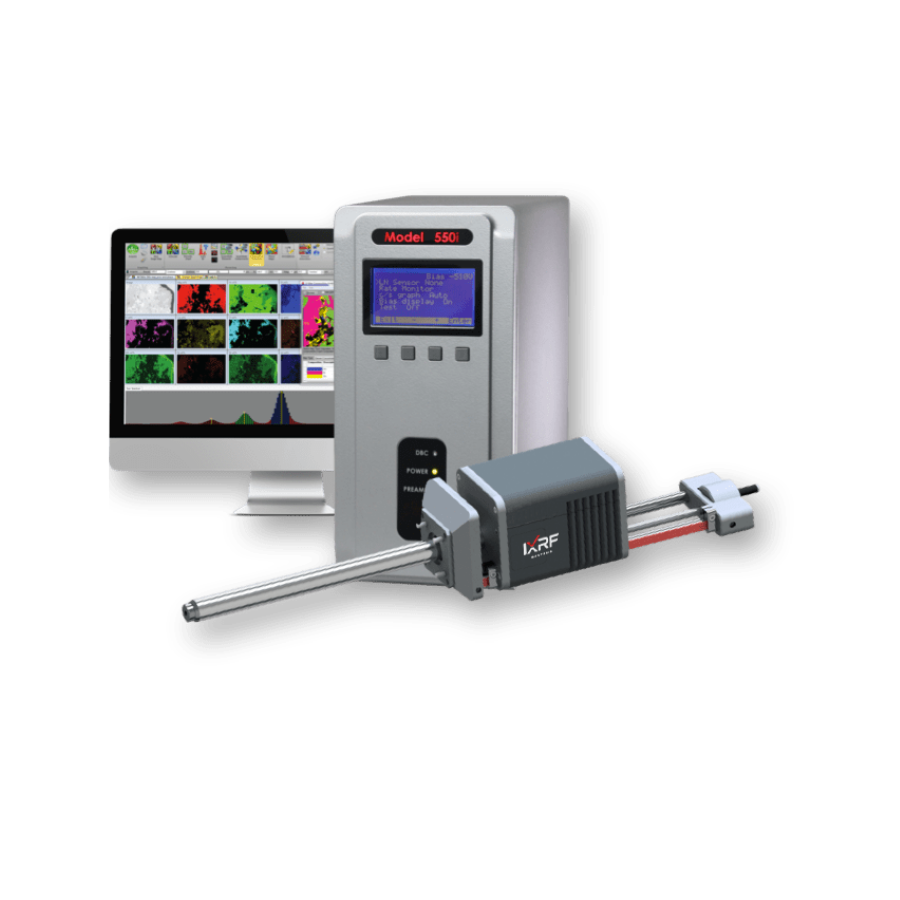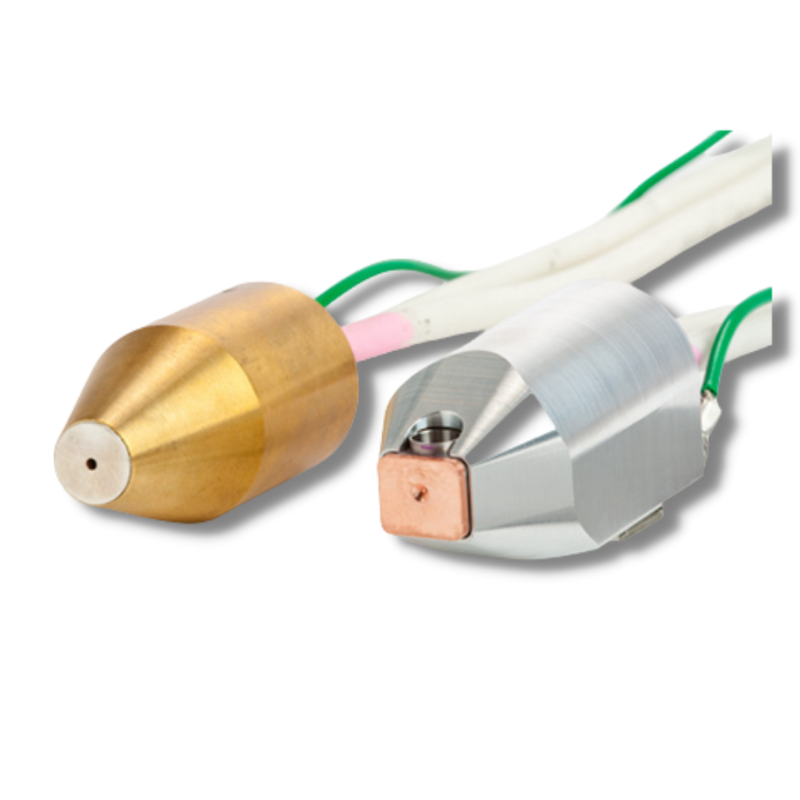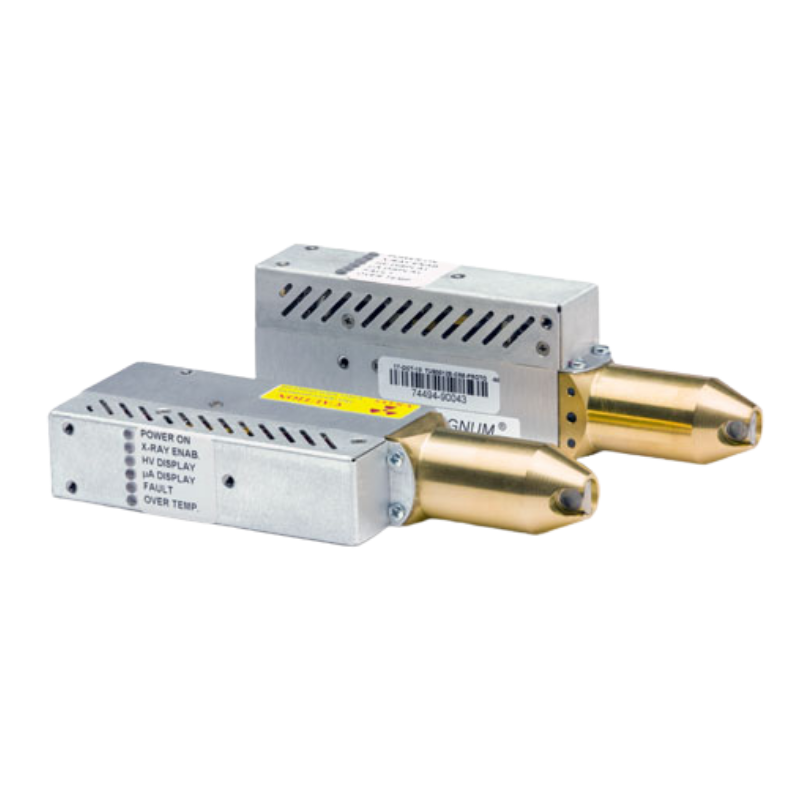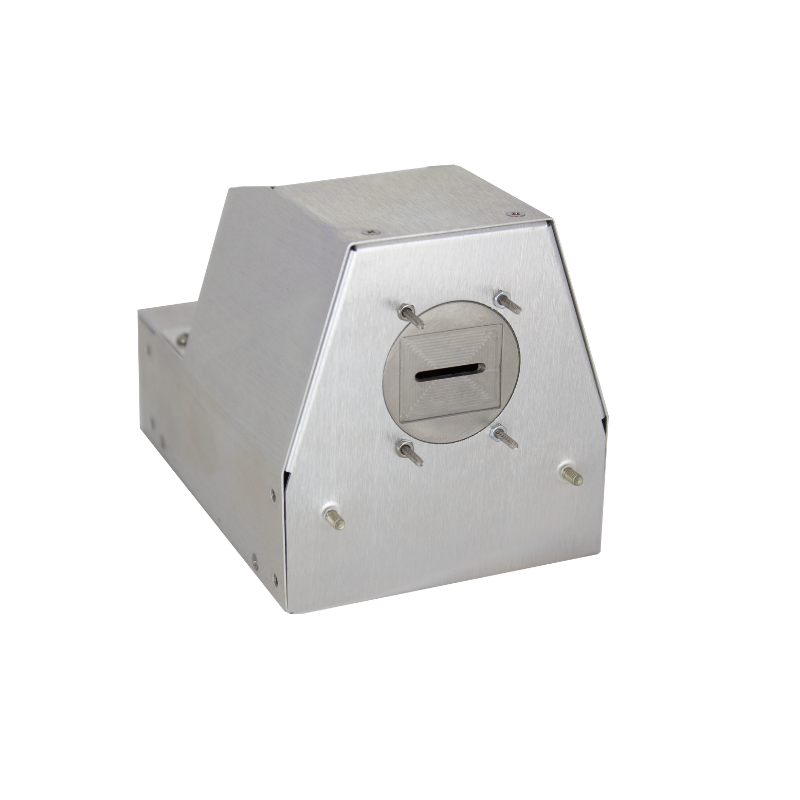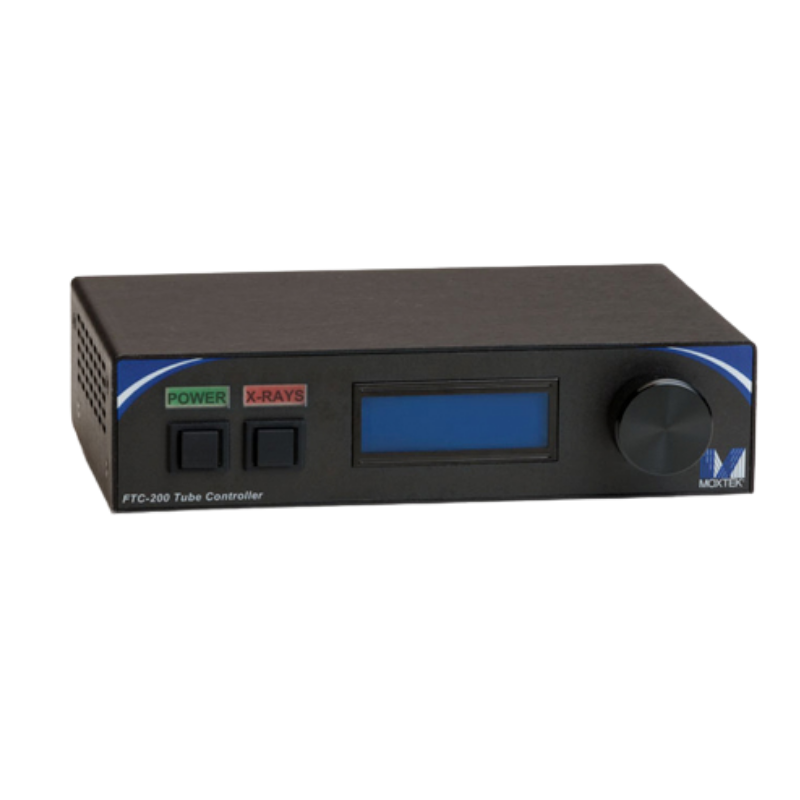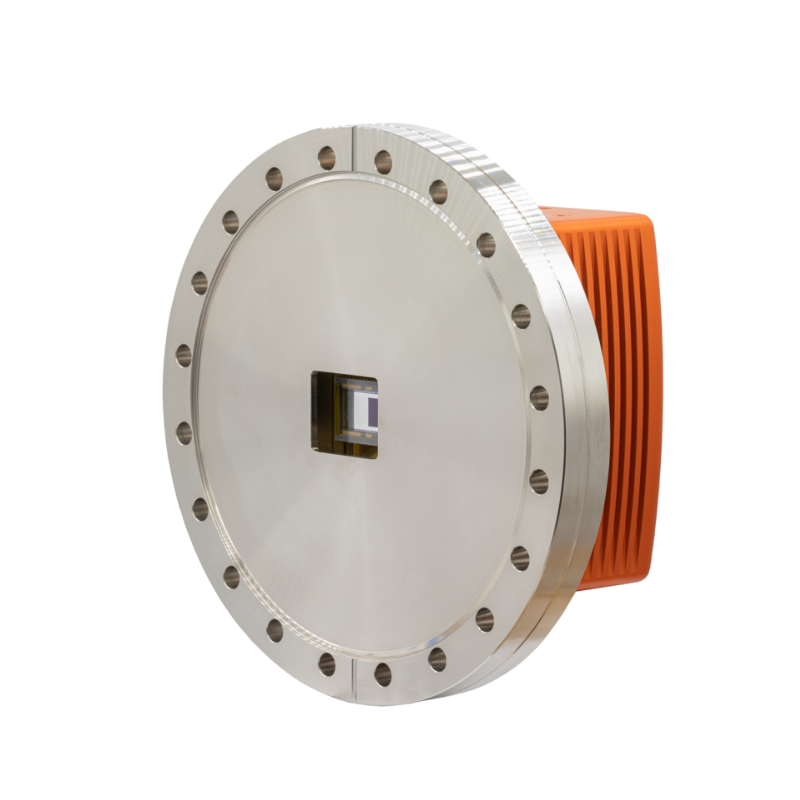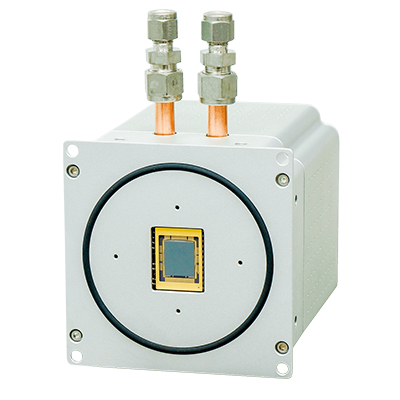Click here to discover more
X-Ray Systems and Sources
Conduct Breakthrough Research with X-rays

X-Ray Systems and Sources
Alongside our partners, Sigray, IXRF Systems, and Moxtek, we are able to bring you an array of X-ray systems and sources.
What is MicroXAS
X-ray absorption spectroscopy (XAS) is a chemical state analysis technique used for research in a broad range of disciplines. This technique involves measuring the transmission (or fluorescence) of x-rays as a function of incrementing x-ray energy in small steps at energies close to the absorption edge. The absorption edge energy corresponds to the energy required to eject an electron from an electron shell) of an element of interest (e.g. Fe). Small changes in how x-rays are absorbed near an atom’s absorption edge provide insight into the state of the electrons.
What is MicroXRF?
Also known as microXRF, X-ray Fluorescence Microscopy is a powerful spatially-resolved elemental mapping and chemical microanalysis technique. Under x-ray illumination, samples produce characteristic x-rays that can be analysed to determine composition.
MicroXRF advantages include:
- Higher sensitivity (in comparison to electron-based techniques such as microprobes)
- Non-destructive for in situ or in operando analysis of elemental migration
- Simultaneous detection of multiple elements and no sample preparation required
What is MicroCT?
Sigray’s 3D X-ray Microscope product family offers the most unique and innovative features on the market. Their turnkey microscopes offer a simple and intuitive experience for beginners while maintaining comprehensive access for power users.
The systems span spatial resolutions from nanometers to millimetres to provide outstanding flexibility for a wide range of research application interests, including materials science, life science, semiconductor, additive manufacturing and pharmaceuticals.
What is EDS?
Energy-dispersive spectroscopy (EDS, EDX, EDXS or XEDS), sometimes called energy dispersive X-ray analysis (EDXA) or energy dispersive X-ray microanalysis (EDXMA), is an analytical technique used for the elemental analysis or chemical characterisation of a sample. It relies on an interaction of an electron beam (e– beam) and a sample within a Scanning Electron Microscope (SEM) instrument. Its characterisation capabilities are due in large part to the fundamental principle that each element has a unique atomic structure allowing a unique set of peaks on its electromagnetic emission spectrum (which is the main principle of spectroscopy). The peak positions are predicted by the Moseley’s law with accuracy much better than experimental resolution of a typical SEM/EDS or SEM/EDX instrumentation.



